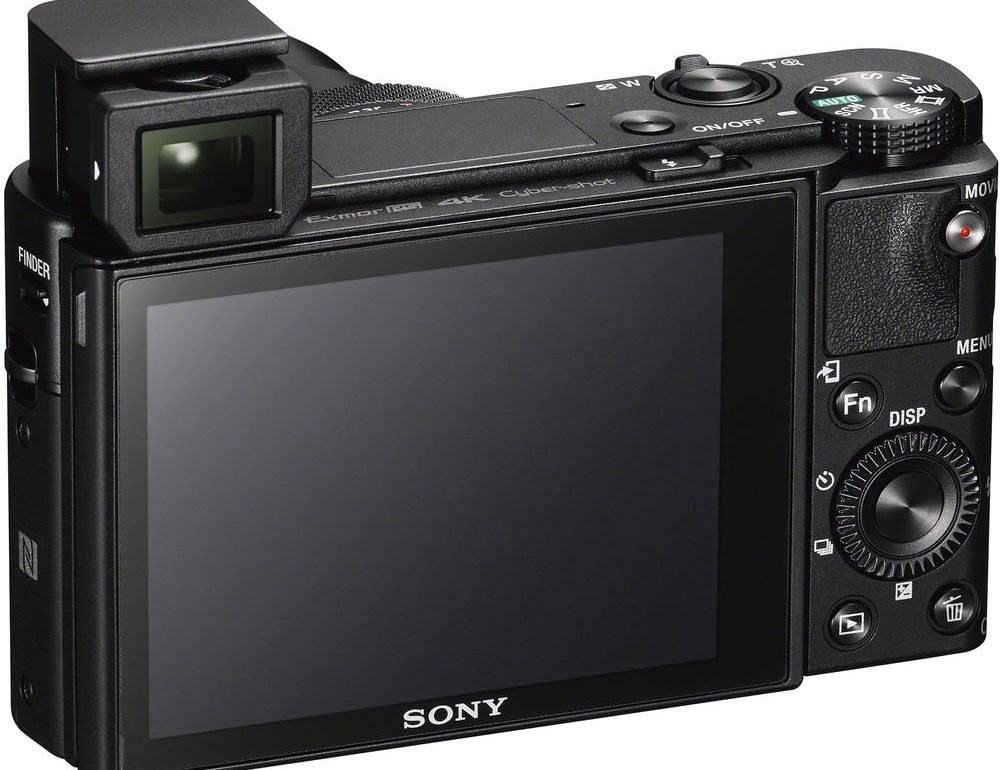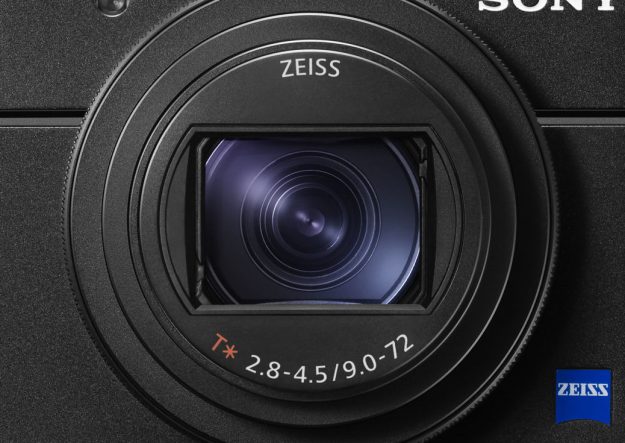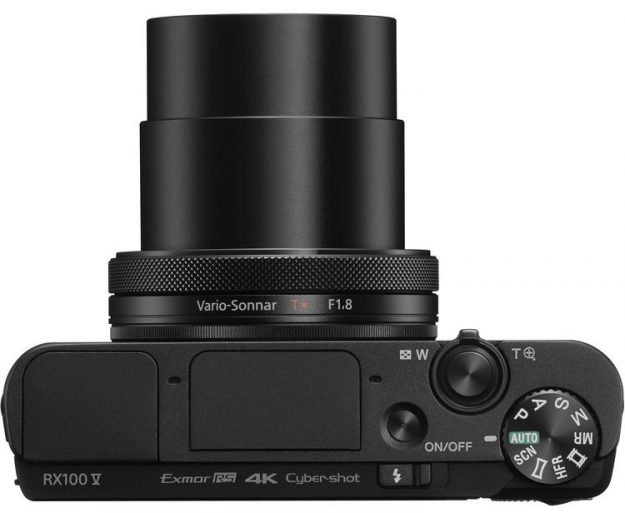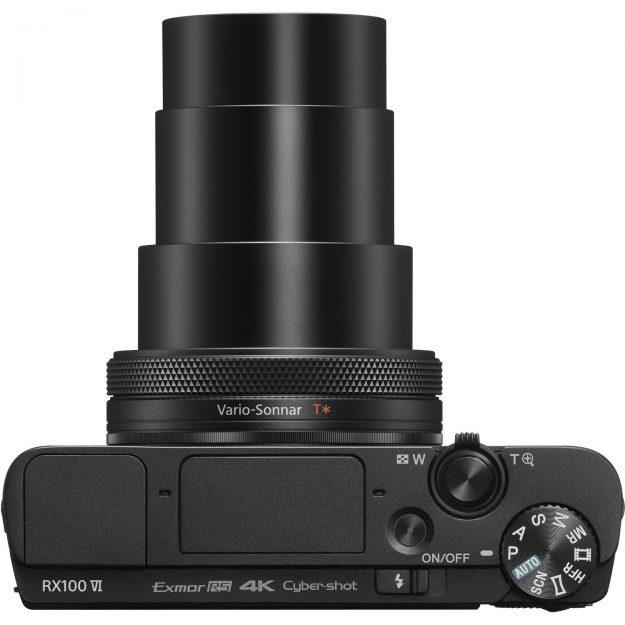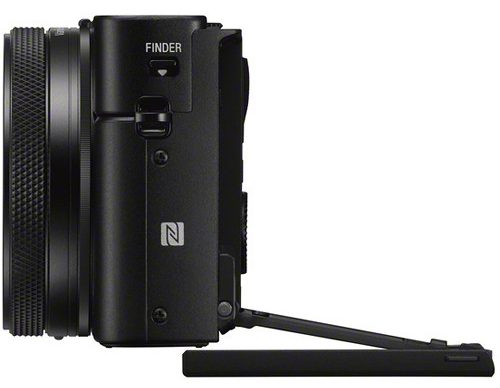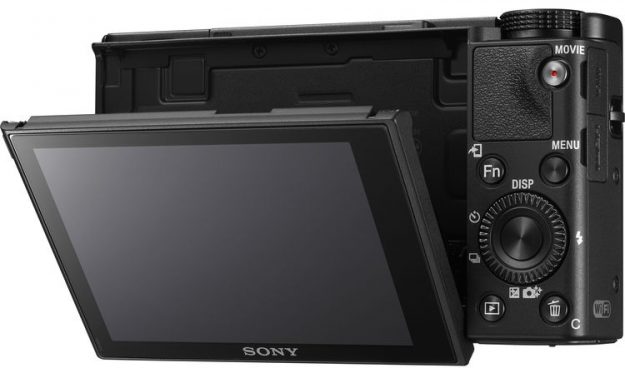Sony recently announced another RX100 VA camera to compliment the newest 6th generation RX100 VI which I broke down here >> The New RX100 VA is more like the RX100 V, but with some newer upgrades that the RX100 VI offers. Currently the RX100 VA is $998 , and the RX100 V is currently $100 off @ $898. The RX100 VI goes for $1198.
So basically, instead of the new 24-200mm f/2.8-4.5 lens that the RX100 VI offers, the RX100 VA has the same 24-70mm f/1.8-2.8 lens found on the RX100 V, for those people that prefer the faster shorter range optics. The f/2.8 vs f/1.8 is a pretty big deal when it comes to low light and video quality in low light, as it will allow for lower ISO values when shooting. However, the 24-70mm range vs 24-200mm is a huge difference that will out way the faster aperture lens for a lot of people I think.
Personally, I would much rather have the 24-200mm range then the 24-70mm range, even at the cost of the f/2.8-4 slower aperture. The huge gains in telephoto reach are so much important to somebody like myself. Remember, the RX100 series cameras are for people demanding the absolute best quality camera in the smallest possible form factor, with the most amount of features. The RX100 series camera is really marketed towards Pro’s, hardcore enthusiasts, and those that can afford the best.
The RX100 VI does not have a built in ND filter, because there is probably not much room due to the new optic, but also the slower f/2.8-f/4 aperture will not have as much of an issue in bright conditions as compared to the f/1.8-2.8 lens found in the RX100 V and VA. The built in ND filter is an awesome feature however, and I wish the RX100 VI had that built in as well. Oh well….
If your not aware, the ND filter stands for Neutral Density, and basically acts like sunglasses for the camera sensor, which is very helpful when you are trying to slow down the shutter speed in bright conditions. This is particularly important for video, but can also be used for many other slow shutter speed effects like silky water flow and other motion blur techniques for example…
The RX100 VI now offers the higher quality S-Log3 video codec which is a slight improvement over sLog-2 found on the RX100 VA and RX100 V in some cases. S-Log3 is capable of producing an effective 14-stop dynamic range with increased grading control in the shadow to mid-tone regions of the image. S-Log2 however is very close in the dynamic range department and the highlight data is about the same. S-Log3 in practice seams to provide more shadow detail as far as I can tell, but nothing as far as the highlights go. Therefore, expose more for the highlights I would say, because the shadows are easier to recover, especially with S-Log3.
The RX100 VI also offers more LCD screen articulation when aiming downward. This is helpful when holding the camera high above your head, so you can still see the screen effectively. The screen on the V and VA only goes down about 45 degrees or so in comparison which you can see below in the images:
Rx100 VA vs RX100 V?
So what does the Sony RX100 VA have that the RX100 V does not? Well, Sony decided to increase the buffer size to 233 images, reduce the display lag time in the electronic viewfinder, add dual video recording, and reduced black out time to make it easier when tracking subjects. That is about it from what I can tell anyway… All the other features appear to be identical. Worth upgrading from the V to VA? Not really in my opinion based on the info I can find, unless of course I’m missing something….
[divider]
Closing Remarks
Well guys, those are all the key differences between these three cameras and like I said above, the range of the newer RX100 VI would make me prefer that unit over all the others. The sLog-3 is another big deal selling point in my opinion, but may not matter to some people who don’t really care about the video so much. Other than that, it’s a matter of wanting the faster shorter range 24-70mm f/1.8-2.8 lens and built ion 3-stop ND filter, vs the 24-200mm f/2.8-4 lens with no built in ND filter.
So what do you guys think? Which RX100 series camera would be your choice if in the market? Have questions? Do you have some info I’m not aware of about these cameras?? Please let me know int he comments below!!
Thanks for checking in everybody and have a wonderful day!!
Jay
Learn More about the RX100 Series cameras using the links below:

